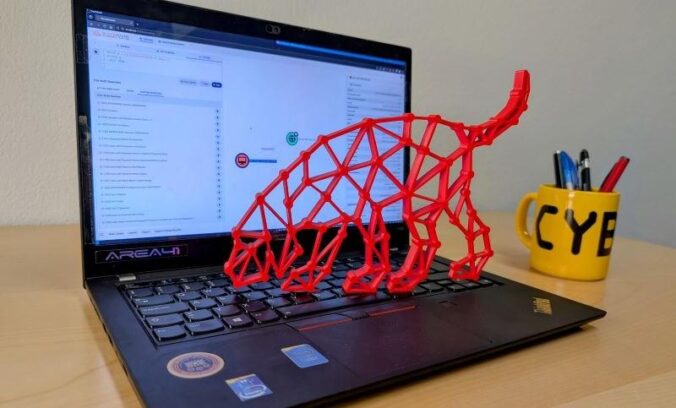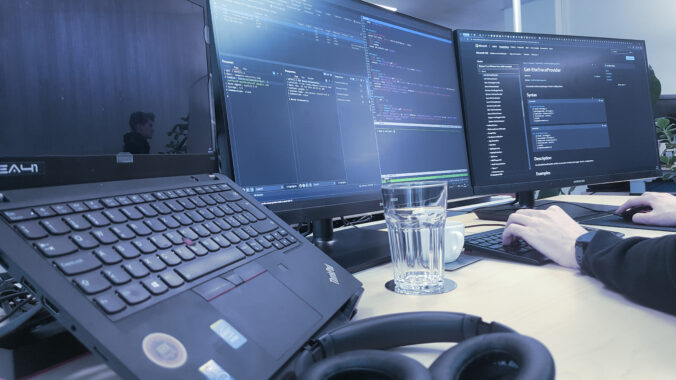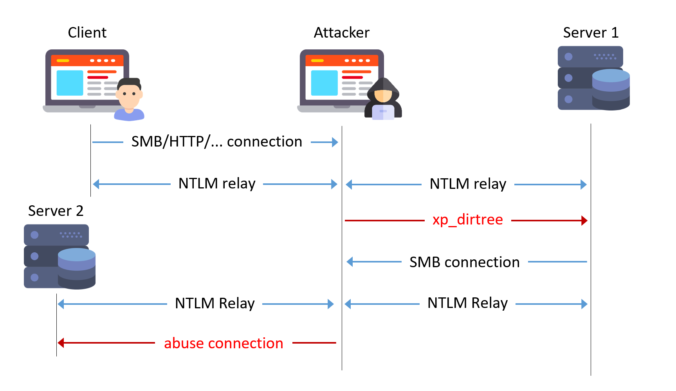TL;DR: PowerShell tool to enumerate Entra ID objects, assignments and identify highly privileged objects or risky configurations. https://github.com/CompassSecurity/EntraFalcon Entra ID environments can contain thousands of objects – users, groups, service principals, and more – each with unique properties and complex relationships. While manual reviews through the Entra portal might be feasible in smaller environments, they […]
Compass Security Blog
Offensive Defense
In the previous posts of this series, we looked at different ways to bypass web filters, such as Host header spoofing and domain fronting. As we’ve learned, these techniques can be detected by proxies employing TLS inspection, by checking whether the hostname in the SNI matches the one in the HTTP Host header. If they […]
The last two blog posts in this series were about SNI spoofing and Host header spoofing. We also learned that the latter is addressed by some vendors with a technique called “Domain Fronting Detection”. But what exactly is domain fronting? This will be explained in this blog post.
In the last post about bypassing web filters, I discussed how SNI spoofing works and how this can also be prevented by web filters. This post is about another bypass technique called Host Header spoofing.
This is the first part of a series of blog posts about techniques to bypass web filters, looking at increasingly advanced techniques with each part.
The first part is about how SNI spoofing can be used to bypass web filters.
This blog post introduces our new custom queries for BloodHound Community Edition (CE) and explains how you can use them effectively to analyze your Active Directory infrastructure. TL;DR: Check out our new BloodHound CE custom queries! Active Directory and BloodHound The majority of our customers run a Microsoft Active Directory infrastructure, either exclusively on-prem or […]
Earlier this year, several security researchers published research about using DCOM to coerce Windows systems to authenticate to other systems. This can be misused to relay the authentication to NTLM or Kerberos, to AD CS over HTTP for instance. This sounds like a hot and complex topic. Let’s take a look back how this started […]
Introduction Last year, I attended a job fair organized by the Association of Computer Science Students at ETH Zürich. It was a rewarding experience to be able to share my day-to-day work in a field I am so passionate about. We got to talk to numerous students at different stages of their studies, as well […]
Readers of this blog probably know that I like to try NTLM relaying over all protocols possible! Relaying to Microsoft SQL (MSSQL) is known to work when using the default weak configuration.
With this blog post, we show some dangerous configurations and release a small tool to automate NTLM relaying in these cases.
Internet of Things (IoT) and Operational Technology (OT) is an area that has grown strongly in recent years and is increasingly being used in the business world. To be able to test the security in this area, let’s take a closer look at the Message Queuing Telemetry Transport (MQTT) protocol to understand the strengths and weaknesses of the protocol.
© 2025 Compass Security Blog









